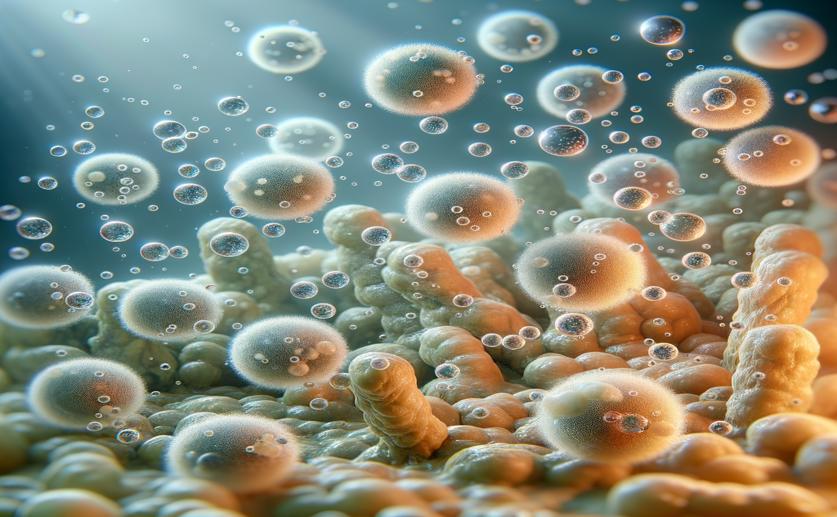
Fat Droplets Help Yeast Cells Cope with Low Oxygen Stress
Jenn Hoskins
13th June, 2024

Image Source: Natural Science News, 2024
Key Findings
- The study from the Slovak Academy of Sciences explored how yeast cells manage sterol accumulation under low oxygen conditions
- Yeast cells import animal cholesterol and plant sitosterol more efficiently than their native ergosterol under hypoxic stress
- Lipid droplets are essential for storing these non-native sterols and preventing their toxic effects on cell membranes
References
Main Study
1) Lipid droplets control the negative effect of non-yeast sterols in membranes of Saccharomyces cerevisiae under hypoxic stress.
Published 10th June, 2024
https://doi.org/10.1016/j.bbalip.2024.159523
Related Studies
2) Phytosterol feeding causes toxicity in ABCG5/G8 knockout mice.
3) Selective sterol accumulation in ABCG5/ABCG8-deficient mice.
Journal: Journal of lipid research, Issue: Vol 45, Issue 2, Feb 2004
4) Comparison of sterol import under aerobic and anaerobic conditions in three fungal species, Candida albicans, Candida glabrata, and Saccharomyces cerevisiae.



 17th May, 2024 | Jim Crocker
17th May, 2024 | Jim Crocker